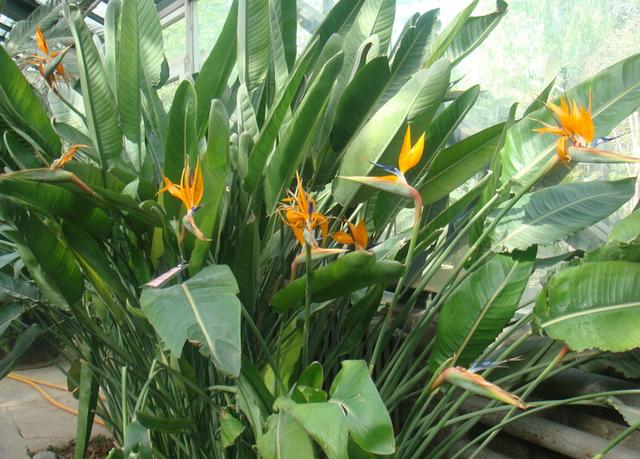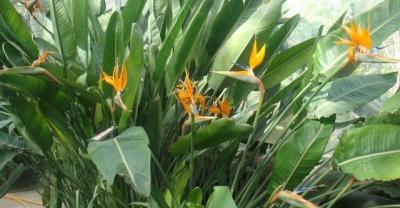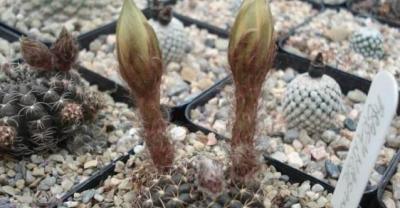Culture methods and matters needing attention of Cymbidium how to raise it
Key points for the maintenance of Clematis paniculata:
Magnolia has thick fleshy roots, so it can be mixed with 5 parts of rotten leaf soil or peat soil, 3 parts of garden soil, 1 part of rotten stable fertilizer soil and 1 part of coarse sand. If the permeability of the cultivated soil is poor, coupled with too much watering, it is very easy to cause rotten roots. The root system of Clematis paniculata is developed and grows fast, so it is necessary to change the basin in time. In general, the seedling stage should be changed once a year. After flowering, the adult plant can be changed every other year. When the adult plant changes the basin, it is appropriate to choose the deep tube basin, because this kind of basin internal space is big, is advantageous to the root system to develop around.
The orchid prefers fertilizer and needs adequate nutrition supply. During the period of growth and development, thin cake fertilizer should be applied every 2 weeks, and 0.5% calcium superphosphate can be added to the fertilizer solution from the formation of the flower stem to the full flowering stage, which will make the flower color more beautiful. Those who are not ready to leave seeds after flower fade should cut off the residual pedicels in time to reduce nutrient consumption. Fertilizer will be stopped after the middle of October. The northern area can safely survive the winter by entering the house in the middle and late October, stopping fertilization during the overwintering period and keeping the room temperature above 10 ℃.
Appropriate amount of water should be mastered in water management, and the amount of watering should be determined by seasonal changes, plant growth status and the actual degree of soil dryness and humidity. Generally speaking, watering should be dry and wet, and summer watering should be adequate. In spring and summer, we should often spray water on the leaves and sprinkle water on the ground around flowerpots, so as to improve air humidity and create a cool environment, which is conducive to its growth and development. Watering should be reduced after late autumn, and watering should be controlled in winter to keep the basin soil dry.

Magnolia should be given sufficient light in winter, spring and autumn. If the light is not enough, the plant will grow weakly and blossom poorly or not. Need to pay attention to shade in summer, it is best to put in the shade shed or tree shade training, can also be put indoor ventilation and bright scattered light maintenance. The orchid likes to be warm and afraid of the cold. The suitable temperature for growth is 18-24 ℃ from March to October and 13-18 ℃ from October to March of the following year. It should not be lower than 8 ℃ in winter. It can be cultivated in open field in the south of China and in greenhouse in the north of the Yangtze River basin. The optimum temperature of flower bud is 23-25 ℃. During the period of flower bud differentiation, the temperature should be stable and rise slowly.
Follow WeChat account: xiaobency shares around 9: 00 every day, and ten thousand people listen to it.
- Prev

Culture methods and matters needing attention of Hezhou peony-gladiolus (sword orchid)
Hezhou Peony-Gladiolus (sword orchid) culture methods and points for attention Gladiolus is what we often call sword orchid, its dwarf species can be appreciated as a potted plant. ...
- Next

It costs a lot of money to raise crabs: the crabs eat so well!
Early in the morning, Yangcheng Lake hairy crab farmers rowed small boats to the breeding base to feed the crabs. Crabs eat water plants in the lake every day, but farmers have to put in extra.
Related
- On the eggshell is a badge full of pride. British Poultry Egg Market and Consumer observation
- British study: 72% of Britons are willing to buy native eggs raised by insects
- Guidelines for friendly egg production revised the increase of space in chicken sheds can not be forced to change feathers and lay eggs.
- Risk of delay in customs clearance Australia suspends lobster exports to China
- Pig semen-the Vector of virus Transmission (4)
- Pig semen-the Vector of virus Transmission (3)
- Five common causes of difficult control of classical swine fever in clinic and their countermeasures
- Foot-and-mouth disease is the most effective way to prevent it!
- PED is the number one killer of piglets and has to be guarded against in autumn and winter.
- What is "yellow fat pig"? Have you ever heard the pig collector talk about "yellow fat pig"?

